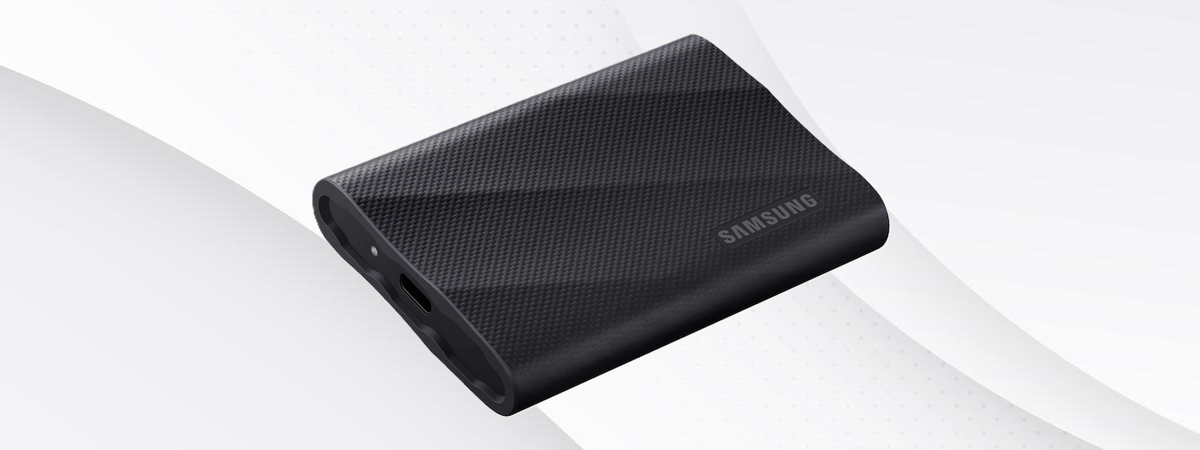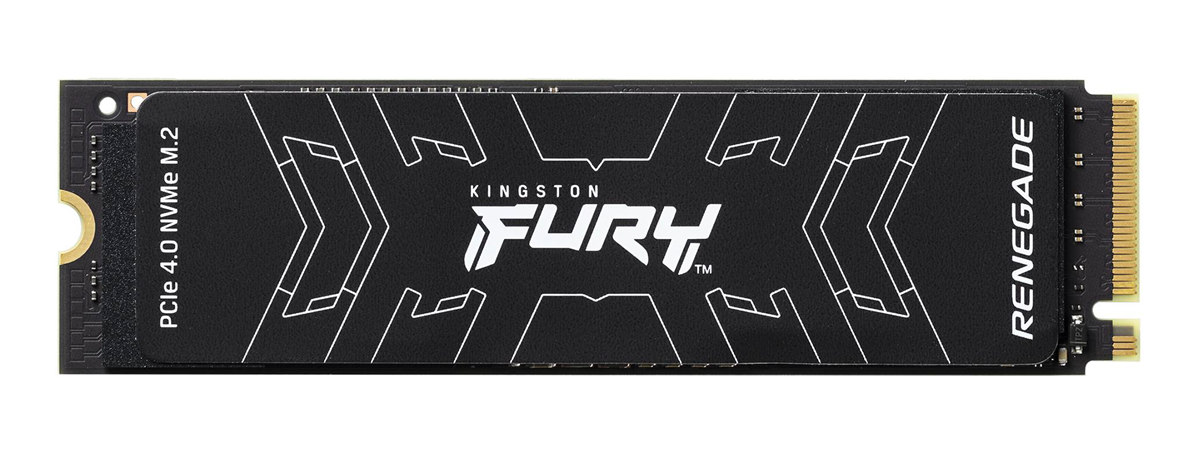
If you’re searching for a USB memory stick that can offer a secure and convenient way to store your files, you may want to check out the Lexar JumpDrive Fingerprint F35. This USB 3.0 flash drive features a built-in fingerprint scanner that allows you to unlock and access your encrypted data with a simple touch. In this review, I’m going to tell you more about it and what to expect from it in terms of design, features, ease of use, and performance. Without further ado, here’s my personal take on the Lexar JumpDrive Fingerprint F35 USB 3.0 flash drive:
Lexar JumpDrive Fingerprint F35 USB 3.0 Flash Drive: Who is it good for?
This memory stick is an excellent choice for:
- People who need secure storage on the go
- Those who are searching for an encrypted flash drive with a fingerprint reader
Pros and cons
There are quite a few good things I can say about this flash drive:
- It has an embedded fingerprint reader that makes it easy to authenticate
- It offers strong AES 256-bit encryption
- It’s lightweight and relatively small
- The reading speed is significantly higher than the advertised one
- Three-year warranty
Here are the downsides I identified:
- Accessing and using the encrypted partition(s) on it works only in Windows but not on Mac or Linux computers
- The versions with less than 256 GB storage capacity have significantly lower data reading speeds: 150 MB/s versus 300 MB/s

Verdict
The Lexar JumpDrive Fingerprint F35 USB 3.0 flash drive has a compact design, it offers strong AES 256-bit encryption, and it’s very easy to use thanks to its built-in fingerprint reader. Moreover, the performance it offers for data transfers is quite good, with a reading speed that exceeds Lexar’s official specs. In my opinion, the Lexar JumpDrive Fingerprint F35 USB memory stick is an excellent choice for anyone who wants or needs a convenient way to store files securely.
Unboxing the Lexar JumpDrive Fingerprint F35 USB 3.0 Flash Drive
The Lexar JumpDrive Fingerprint F35 comes in a small and simple wrapping made of cardboard and plastic. The front cover of the packaging features details about the flash drive, such as its name, storage capacity, and top speed.
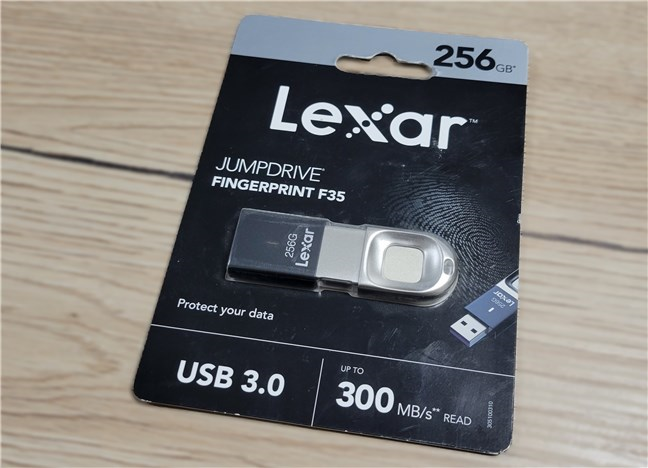
The packaging of the Lexar JumpDrive Fingerprint F35 USB 3.0 flash drive
The back of the packaging showcases more features of the memory stick, like its support for using up to 10 fingerprints, fast recognition, and 256-bit AES encryption.
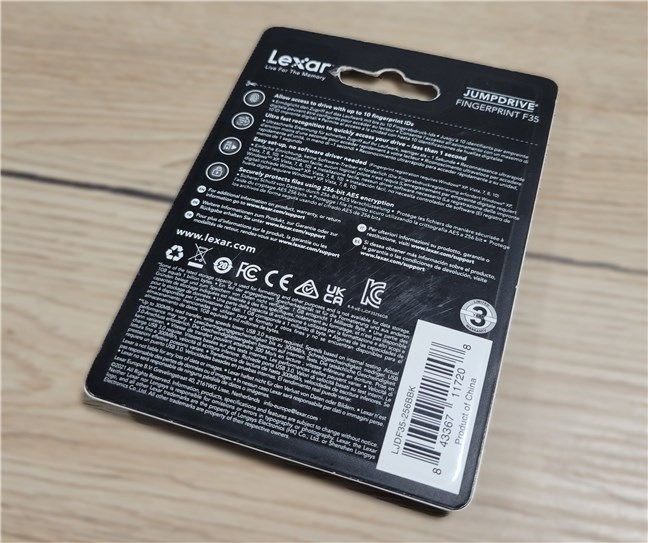
The back of the packaging
In order to get to the USB memory stick, you’ll have to cut the packaging. Oh, and except for the drive, there’s nothing else inside.
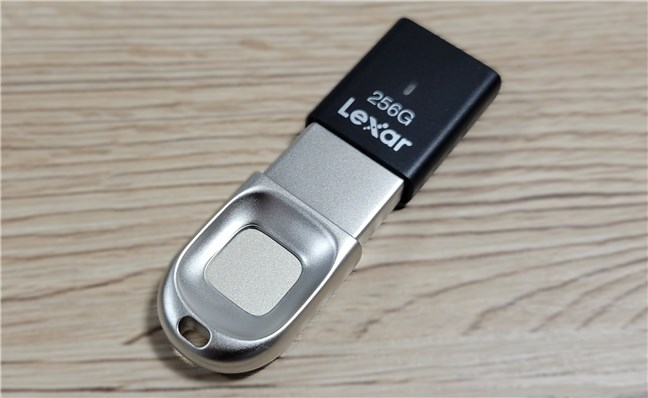
What's inside the packaging
Unboxing the Lexar JumpDrive Fingerprint F35 flash drive is a straightforward experience. You get what you see, and that’s the USB memory stick.
Design and hardware specifications
The Lexar JumpDrive Fingerprint F35 USB 3.0 Flash Drive has a compact design, measuring 20.50 x 64.38 x 7.80 millimeters (or 0.807 x 2.534 x 0.307 inches) in length x width x height. Though it also has a fingerprint reader built-in, the company still managed to keep its weight low at just 22.5 grams or 0.05 lbs.
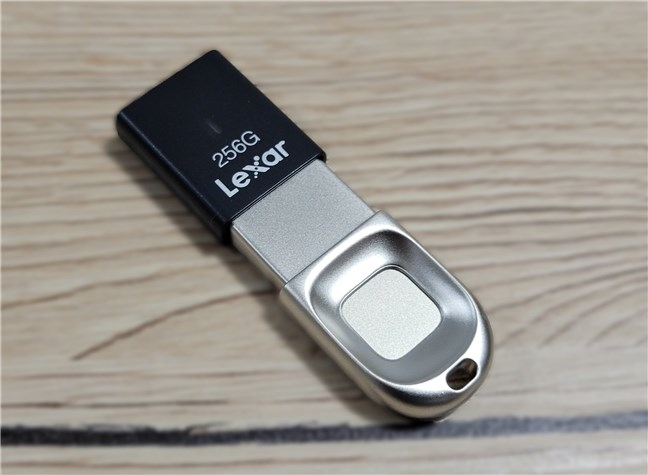
The Lexar JumpDrive Fingerprint F35 is a relatively small USB stick
Physically, this USB memory stick is nicely built: it has a metal casing that gives it a premium feel and makes it look durable.
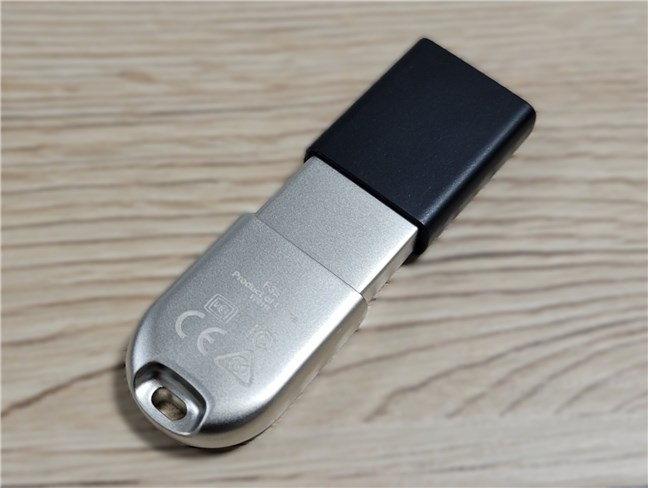
The USB memory stick looks good and seems durable
At one end, the stick has a key ring loop that lets you attach it to your keys, while at the other end, a sliding cover protects the USB Type-A connector when you’re not using it.
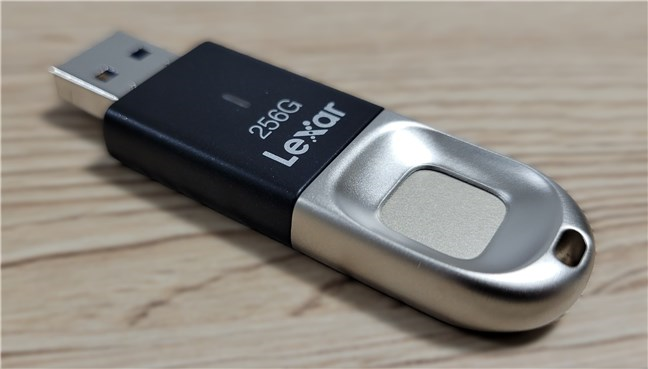
The USB connector has a sliding cover
In terms of hardware specs, you should know that the Lexar JumpDrive Fingerprint F35 flash drive is a USB 3.0 memory stick that’s available in four different versions, depending on its storage capacity. The largest one, which I tested for this review, offers 256 GB of storage and can reach a top reading speed of 300 MB/s. The other three versions offer a maximum reading speed of 150 MB/s and carry a capacity of 32, 64, or 128 GB, respectively.
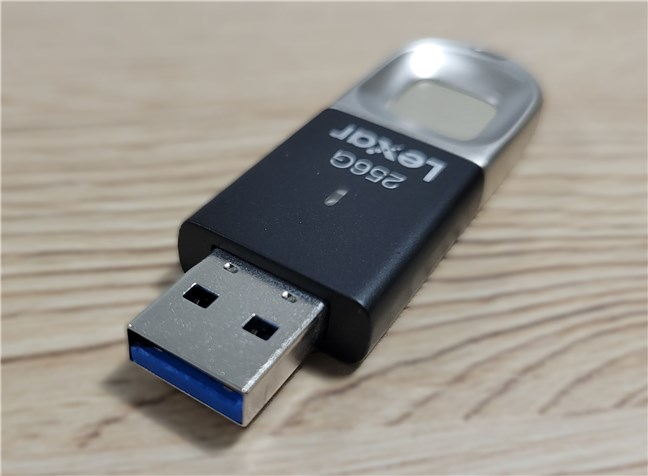
The flash drive is available in multiple versions
The flash drive is compatible with Windows, Mac, and Linux operating systems and doesn’t require you to install any drivers or software. You can simply plug it into any USB Type-A port and start using it right away.
However, the JumpDrive Fingerprint F35 memory stick also supports 256-bit AES encryption, and in order to benefit from that, you need to run an application found on the drive to register your fingerprint(s) and get access to the drive’s secured partition. This software works only on Windows operating systems, which means that on Mac or Linux computers, you can’t access or use the encrypted partition on the JumpDrive Fingerprint F35.
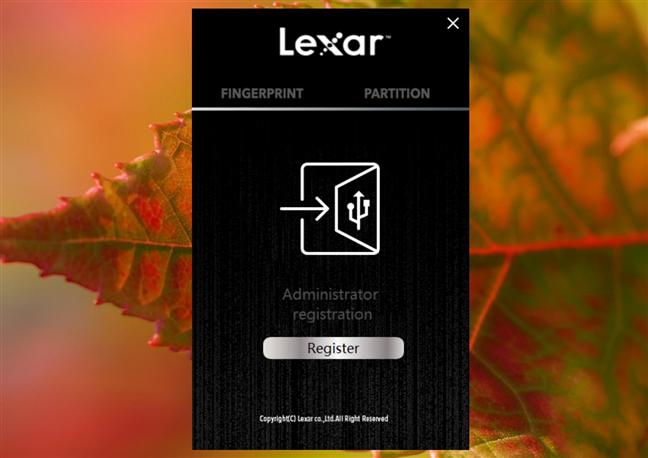
Encryption can be used only on Windows computers
If you want more details about the features and hardware specifications of the Lexar JumpDrive Fingerprint F35 flash drive, check out its official web page: Lexar JumpDrive Fingerprint F35.
Using the Lexar JumpDrive Fingerprint F35 USB 3.0 Flash Drive
There’s not much to say about the user experience offered by a USB memory stick except for the fact that it works, and it works well. Since I received the Lexar JumpDrive Fingerprint F35, I used it to store and move data around from one computer to another, and it did its job exactly as expected. While its speed can’t compare with that of a portable solid-state drive, anyone can admit that a USB memory stick is much smaller and easier to carry around.
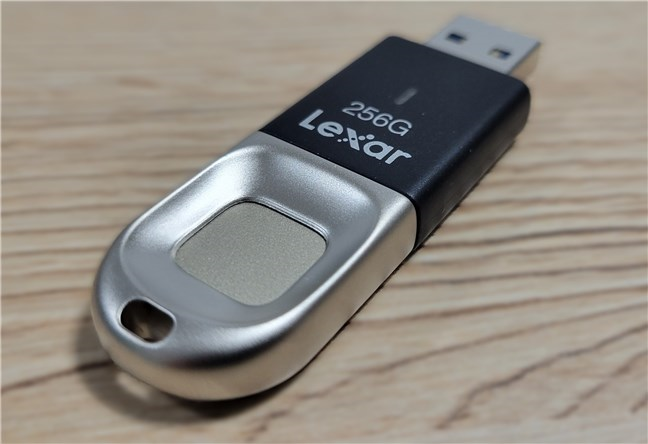
The Lexar JumpDrive Fingerprint F35 is easy to carry around
Still, in the case of the Lexar JumpDrive Fingerprint F35, there’s more. If you need protection for the data you have on your memory stick, you’ll probably be looking at options to encrypt your files. There are plenty of flash drives out there that offer this feature, but most of them require the use of passwords or codes to encrypt the data on them. The great thing about the Lexar JumpDrive Fingerprint F35 is that you can avoid remembering yet another complex password made of at least a capital letter, numbers, special characters, and whatnot. 🙂 That’s thanks to the fingerprint reader that’s built into this flash drive: all you have to do is press your finger on it, and you get instant access to your protected files. I love how easy it all is!
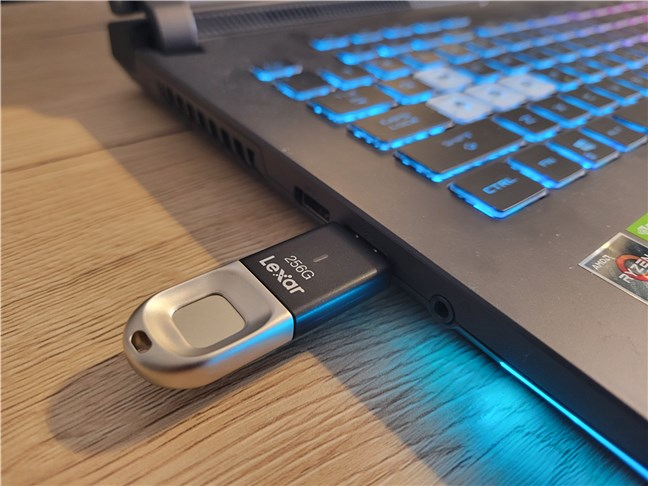
The fingerprint reader makes it easy to authenticate
The fingerprint authentication feature on the Lexar JumpDrive Fingerprint F35 allows you to enroll up to ten different fingerprints. Furthermore, each fingerprint can be assigned to a specific partition of the drive, which means that you can create a distinct partition for each of your fingers. 🙂 Joking aside, in real life, I’d imagine that, in a family or in an office, it would be useful to have one stick with multiple user profiles shared with your loved ones or colleagues. That way, each of the enrolled persons would have their own secured partition on the flash drive, and they could all have some privacy.
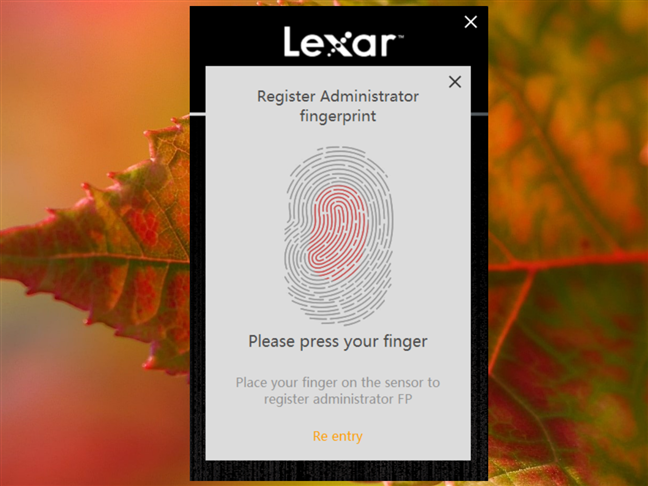
You can register up to 10 fingerprints
Last but not least, in my experience, the fingerprint scanner proved to be precise and responsive. Moreover, Lexar’s claim that this flash drive can recognize a fingerprint in less than one second seems to be accurate.
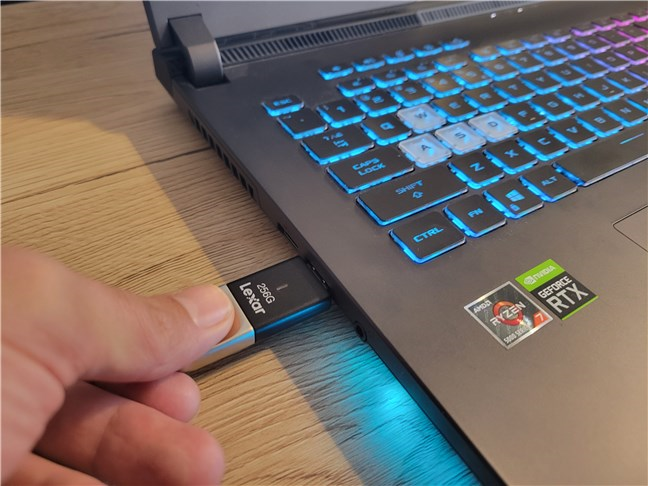
The fingerprint reader is fast and accurate
Overall, the Lexar JumpDrive Fingerprint F35 USB memory stick made a good impression in terms of ease of use. It does its basic job of being a portable flash drive very well, and the way it handles encryption and fingerprint authentication is excellent.
Performance in benchmarks
I also wanted to see whether the Lexar JumpDrive Fingerprint F35 could really reach its advertised speed, so I performed a few speed tests on it. Keep in mind that I used the 256 GB version of this flash drive, and the following results are specific to this model. The ones with less storage capacity will have lower speeds.
Probably the best tool to evaluate the performance of any drive, be that a solid-state drive, a hard disk, or even a memory stick like this one, is CrystalDiskMark. This application performs tests that measure how fast a drive can read and write chunks of data, both sequentially and randomly. The screenshot below shows that the peak reading speed I got with the Lexar JumpDrive Fingerprint F35 is even higher than the one advertised in its official hardware specifications! The write speed is pretty good too, but the random read/write results are quite low. However, the latter is something I expected, as all USB memory sticks lack in this area.
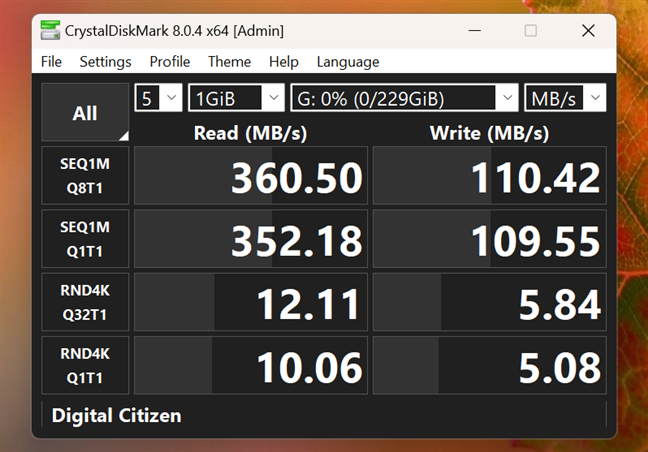
Benchmark results in CrystalDiskMark
What about real speeds when copying large files? To test that, I decided to move a large Windows 11 ISO file with a size of 6.34 GB to and from the Lexar JumpDrive Fingerprint F35. When I copied it onto the memory stick, I saw a writing speed that slightly exceeded 105 MB/s. That’s close to what the CrystalDiskMark benchmark showed earlier.
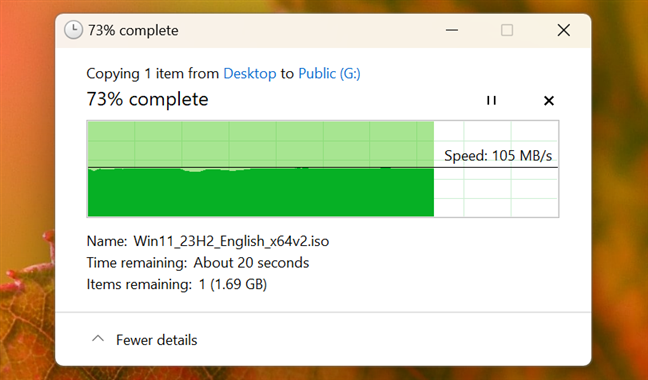
Speed when copying a large file onto the Lexar JumpDrive Fingerprint F35
Copying the same file from the Lexar JumpDrive Fingerprint F35 to the solid-state drive in my Windows 11 computer was faster, with the memory stick reaching a speed of about 340 MB per second. Again, that was pretty close to what CrystalDiskMark showed previously, and it was also a significantly higher speed than the 300 MB/s advertised by Lexar for this flash drive.
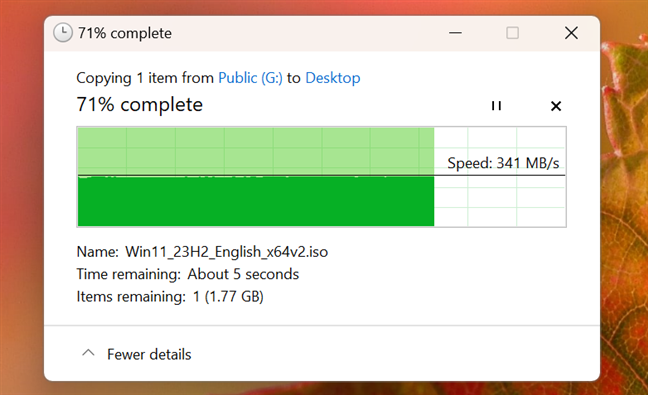
Speed when copying a large file from the Lexar JumpDrive Fingerprint F35
Rather than its speed, the security features of the Lexar JumpDrive Fingerprint F35 represent its main selling point. The speed results I got when testing it show that it exceeds its official specs, and while it may not be the fastest device of its kind, it’s well-qualified for transferring files.
What’s your opinion about the Lexar JumpDrive Fingerprint F35 USB 3.0 memory stick?
Now you know more about the Lexar JumpDrive Fingerprint F35 flash drive. You know what to expect from it in terms of performance as well as features. Do you want or need such a device? Do you think that the fingerprint authentication it offers makes it easier to use? Let me know what your opinions are about it in the comments section below, and if you’d like to read more of our reviews, don’t hesitate to subscribe to our newsletter.


 19.12.2023
19.12.2023 
